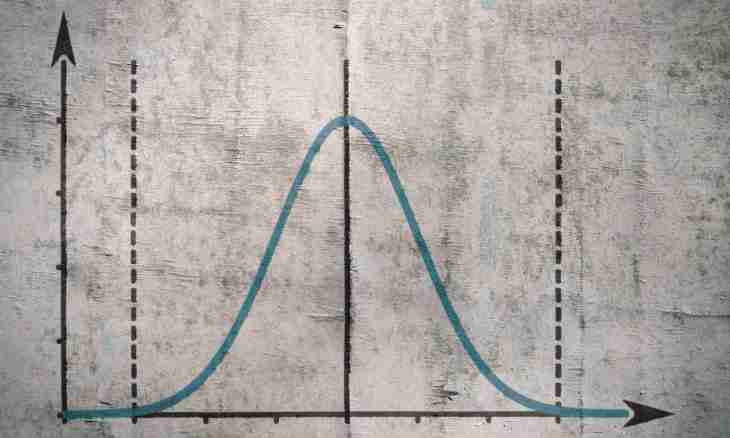What probability of that it is going to rain? If the whole day went a rain whether then it will go at night? These and all similar questions are studied by the section of the higher mathematics – mathematical statistics. Probability - one of the basic concepts not only in a matstatistika, but also in life of any person.
It is required to you
- Handle, paper, calculator
Instruction
1. Probability call the relation of total number of favorable outcomes to the total number of tests. Tossing of a coin - the simplest example of determination of probability. Tossing of a coin is a test, and loss of the coat of arms or figure is an outcome. What probability that the eagle will drop out? For determination of probability it is necessary to throw a coin at least two times as it has two parties. Total number of tests is a number which shows how many times the coin was thrown. Probability of loss of the coat of arms in this case is equal ½ since the total number of tests is equal 2, and the coat of arms from 2 times dropped out only once, one favorable outcome.
2. Loss of figure or the coat of arms, is not dependent events and probability is unconditional. But, if one event can take place only on condition of what to be made other condition, then conditional probability appears. For example, loss of the six of worms from a pack is possible only that the pack was spread out.
3. For determination of conditional probability there are several theorems and ways. One of ways - the theorem of multiplication of probabilities. It says: probability of the work of several events, i.e. a possibility of their joint emergence of these events, is equal to the work of probability of one of these events on the conditional probability of other event calculated provided that the first event already took place.
4. Also besides the theory of multiplication of probabilities use the theorem of addition of probabilities, determination of possibility of any given event. The theorem says: ""The probability of the sum of two not joint events is equal to the sum of probabilities of these events."" The Sum of several events is called the event consisting in approach at least of one of them as a result of test. The sum of all events has to be equal to 1 or 100%.

